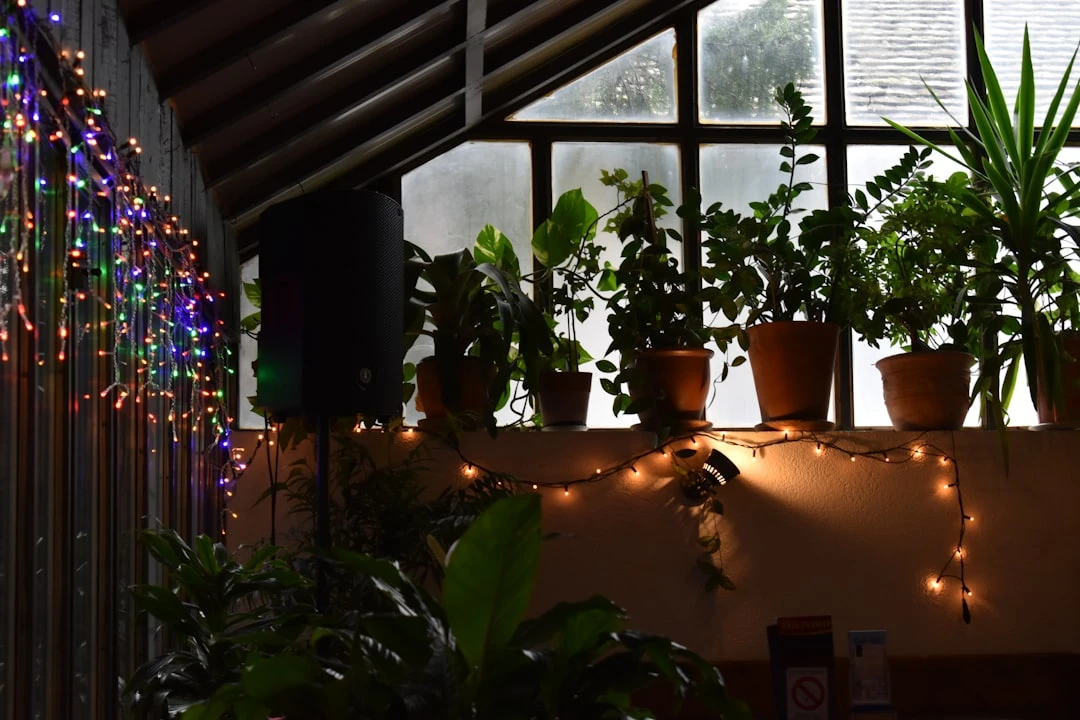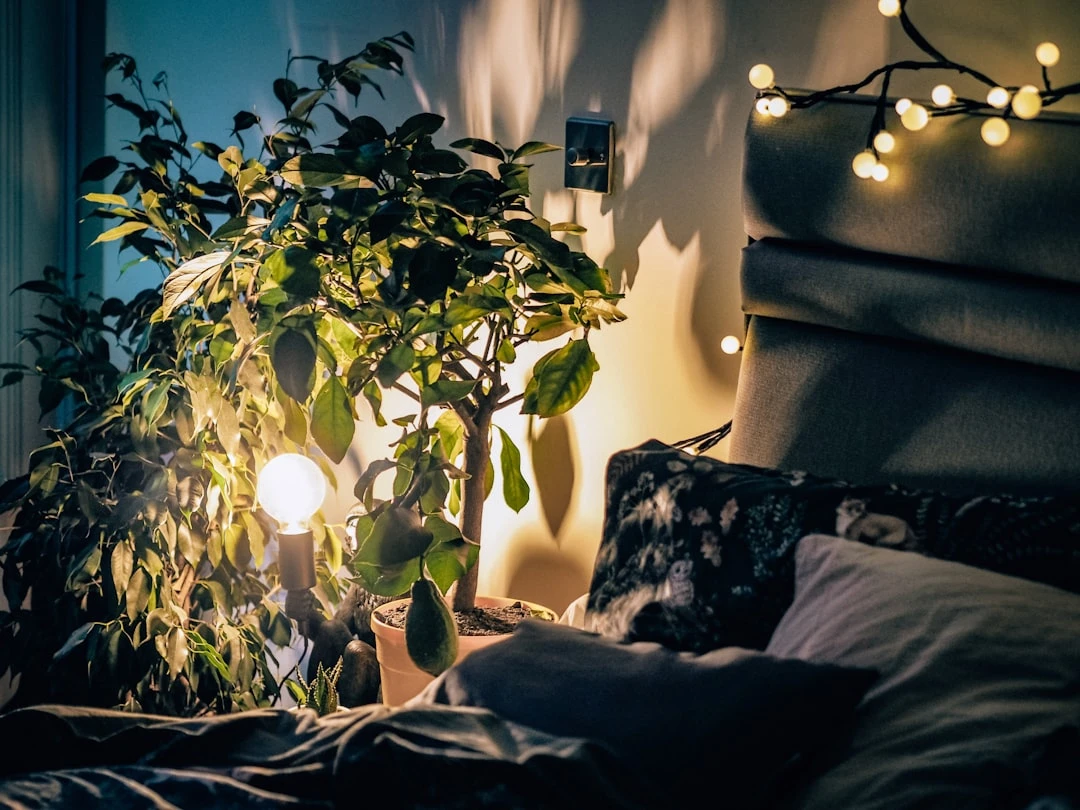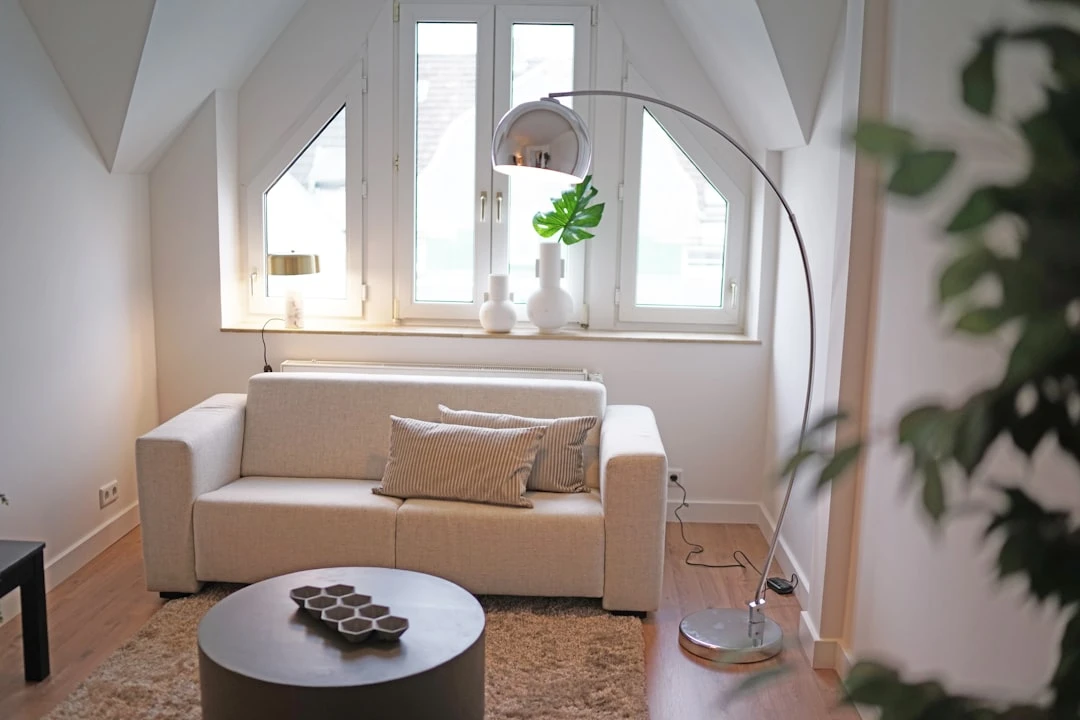Which Houseplants Purify Air the Best?

Have you ever wondered why some homes simply feel "fresher" than others? The secret might lie in houseplants, which, in addition to their aesthetic value, also function as natural air purifiers. In 2025, indoor air quality has become one of the more important factors for home seekers – fortunately, plants can help here!
Why are houseplants important in a home environment?
Houseplants are not merely decorative elements – they are functional living decorations that help improve the air quality in your living spaces. They not only add freshness and color to your living environment, but also create a healthy atmosphere that can positively affect your well-being and overall health.
A well-planned home with plants can be particularly attractive from a real estate market perspective. If you intend to list your home for sale on the Kinnisvara24 portal, it's worth knowing that a greener and healthier living environment increases the value of the property in the eyes of potential buyers. Creating a healthy living environment is an investment that pays off in many ways.
The best air-purifying houseplants for homes
1. Peace Lily (Spathiphyllum)
The peace lily is known as one of the most effective air purifiers, removing chemicals from the air, including benzene, formaldehyde, and trichloroethylene. This elegant white-flowering plant is ideal for bathrooms or kitchens, as it loves humid environments and creates a more peaceful atmosphere there.
Care tip: Water the peace lily when the soil feels dry. The plant will signal a need for watering by slightly drooping its leaves, but don't let it dry out completely. Regular cleaning of the leaf surface with a damp cloth helps maximize the plant's air-purifying ability.
2. Snake Plant (Sansevieria)
The snake plant is ideal for a beginner plant enthusiast, as it requires minimal care and thrives in various lighting conditions. This plant with upright leaves purifies the air even at night and is particularly effective at removing formaldehyde, making the air in your bedroom cleaner and fresher.
Care tip: Water moderately and allow the soil to dry completely between waterings. The snake plant tolerates longer periods without water well, making it an ideal companion even for those who love to travel. Excessive watering is more harmful to this plant than occasional drought.
3. Parlor Palm (Chamaedorea)
The parlor palm, or mountain palm, is a great addition to a living room or office. This elegantly-looking plant is skilled at catching dust and removes formaldehyde from the air, while providing a softening contrast to modern interior design.
Care tip: Keep the soil constantly lightly moist, but avoid excessive watering. The parlor palm prefers bright conditions, but not direct sunlight. Regular feeding during the growing season helps keep the palm's foliage green and vigorous.
4. Spider Plant (Chlorophytum)
The spider plant is known for its air-purifying ability, particularly in removing carbon monoxide and formaldehyde. This plant is also extremely resilient and suitable for a beginner gardener, offering an attractive cascading aesthetic when placed on higher shelves or in hanging pots.
Care tip: Requires moderate watering and tolerates various lighting conditions. The spider plant reproduces easily through its offshoots, allowing you to simply and freely expand your air-purifying system. Occasionally trim leaves that have turned yellow to stimulate new growth.
5. Dragon Tree (Dracaena)
Different varieties of dragon tree are effective at removing benzene, formaldehyde, and trichloroethylene. These upright plants are perfect space-saving solutions, fitting well on a small balcony as well, where space is limited, but you still want to improve air quality.
Care tip: Requires moderate watering and tolerates medium to bright lighting conditions well. Avoid direct sunlight, which can scorch the leaves. The dragon tree prefers room temperature and does not tolerate cold drafts, so avoid placing it directly near heaters or air conditioners.
How to position plants for maximum benefit
Strategic positioning of plants throughout your home can significantly improve their air-purifying ability and create a more harmonious living environment. With thoughtful placement, you can combine aesthetics and functionality:
Group plants in natural clusters - Placing multiple plants together not only increases the air-purifying effect, but also creates a more visually pleasing and natural environment. Plants of different heights, textures, and leaf shapes form a dynamic composition that mimics a natural setting.
Position plants in strategic locations - Place air-purifying plants in kitchens, bathrooms, or places where you store household chemicals. These areas need natural air purification the most, as moisture often accumulates or chemicals are released there.
Bedroom plant arrangement deserves special attention - Snake plant and peace lily are excellent bedroom plants, as they purify the air even at night, when we spend the most time there. Better air quality in the bedroom contributes to better sleep quality and a better morning mood.

Use vertical solutions to save space - If floor space is limited, use wall-mounted plant pockets, hanging pots, or plant walls to create a vertical garden. This solution is particularly practical for smaller apartments, where every square meter is valuable.
If you have a balcony, you can also use it effectively as part of your air-purifying system, while creating a pleasant retreat area. Plants on a balcony act as a natural filter between outdoor and indoor air, reducing dust and pollen from entering living spaces.
Air-purifying plants and natural pest control
In addition to purifying the air, some plants can help naturally repel insects, reducing the need for chemical pest control products. For example, growing lemongrass, lavender, or peppermint helps keep mosquitoes away, which is particularly useful during the summer season. The leaves and flowers of these plants contain essential oils that act as natural repellents.
Through plant selection, you can create a comprehensive approach to improving your home's environment, combining air-purifying and insect-repelling plants. Read more about which plants help repel mosquitoes and bees and how to use them effectively.
Air-purifying plants and property value
If you plan to sell or rent out your property, it's worth knowing that well-maintained houseplants can give your home a significant competitive advantage in the 2025 market:
First impressions are crucial - Vigorous plants give a home a fresh and well-cared-for appearance right from the first visit. Potential buyers unconsciously perceive the presence of plants as a sign of a well-maintained home.

Emphasizing the health aspect in marketing - In a sales listing, you can mention the presence of air-purifying plants as an indicator of a healthier living environment. In 2025, buyers are increasingly valuing a home's healthy environment, especially for families or people with health issues.
Emotional connection and sense of coziness - Plants add warmth and character to a home, which can emotionally appeal to potential buyers. Home buying is often an emotion-based decision, and a pleasant, living environment increases the likelihood that a visitor will feel "at home".
How to start creating your air-purifying system
If you want to improve your home's air quality with plants, start small and gradually expand your green family:
Initially choose 2-3 low-maintenance plants - Snake plant and spider plant are great starting points, as they are resilient and forgiving of care mistakes. Start with plants that fit your lifestyle and experience level to avoid disappointment.
Learn the unique features of your home's microclimate - Map out which areas receive more or less light, where it's warmer or cooler, and which spots are easier to monitor regularly. This will help you place each plant in the location that suits it best.
Create a simple care routine - Regular, yet simple care ensures the health of your plants and maximizes their air-purifying ability. Set a specific day of the week when you check all your plants and monitor their needs according to the season.
Expand your collection thoughtfully - Once you've had positive experiences with your first plants, add new species to your collection that complement the existing ones in both appearance and air-purifying ability. Each new plant is a step toward a healthier home environment.
Equipping your home with air-purifying plants is a simple and affordable way to improve the quality of your living environment. Whether you have a small apartment or a spacious house, natural air purifiers fit into any room, bringing a healthier and more pleasant living environment.
A healthy home is a valuable home – both for current residents and future buyers. When selling your home on the Kinnisvara24 portal or searching for a new home, it's certainly worth paying attention to how plants affect air quality in spaces and improve overall quality of life.




